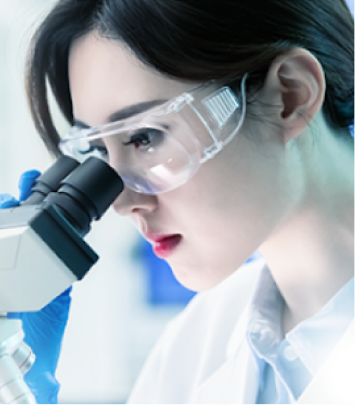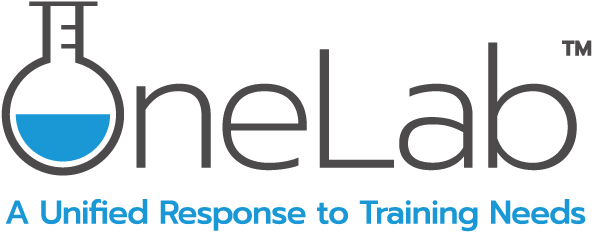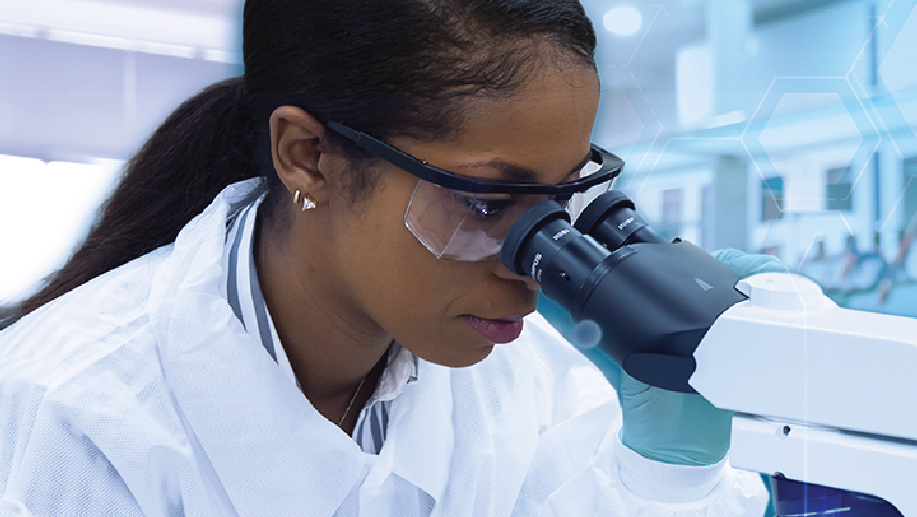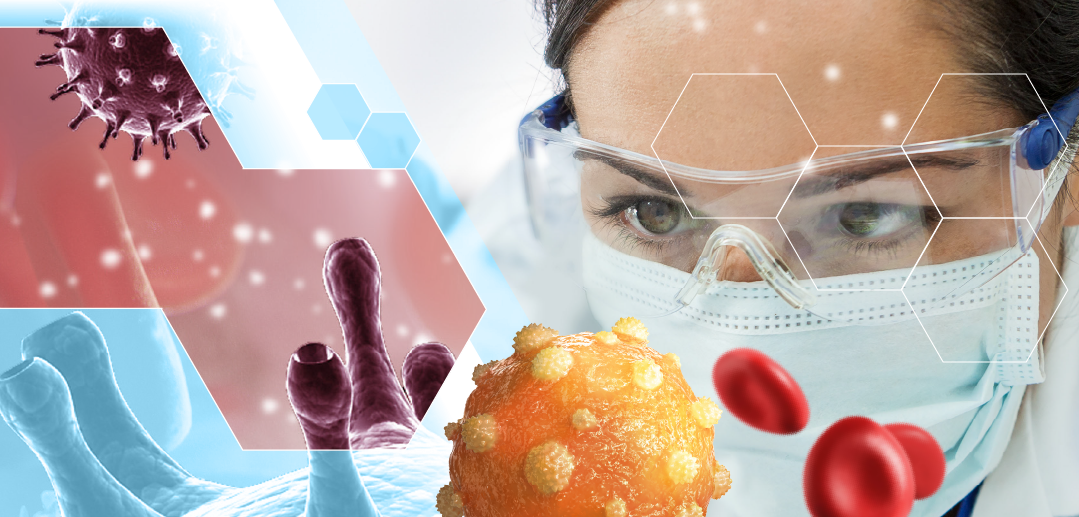

Access free laboratory resources through CDC's Rapid Education and Capacity-building Hub (REACH)


Access free laboratory resources through CDC's Rapid Education and Capacity-building Hub (REACH)

This course covers the properties, health risks, hazard controls, and protective equipment for formaldehyde and glutaraldehyde. It aims to prepare you to work safely by minimizing exposure through proper practices and safety measures.

The role of public health laboratories is to protect and improve public health by performing diagnostic testing, reference testing, and disease surveillance. This basic course provides an overview of the 11 core functions of public health laboratories. This course also focuses on public health laboratories' role in the overall public health system, their relationship with key partners, and how they work together to serve communities.

This basic course is intended for clinical and public health laboratory professionals and others at risk for potential exposure to blood or other potentially infectious material (OPIM).
Customized for laboratory and testing professionals
Continuing Education credits available (including P.A.C.E.®)
Mobile-friendly with downloadable materials